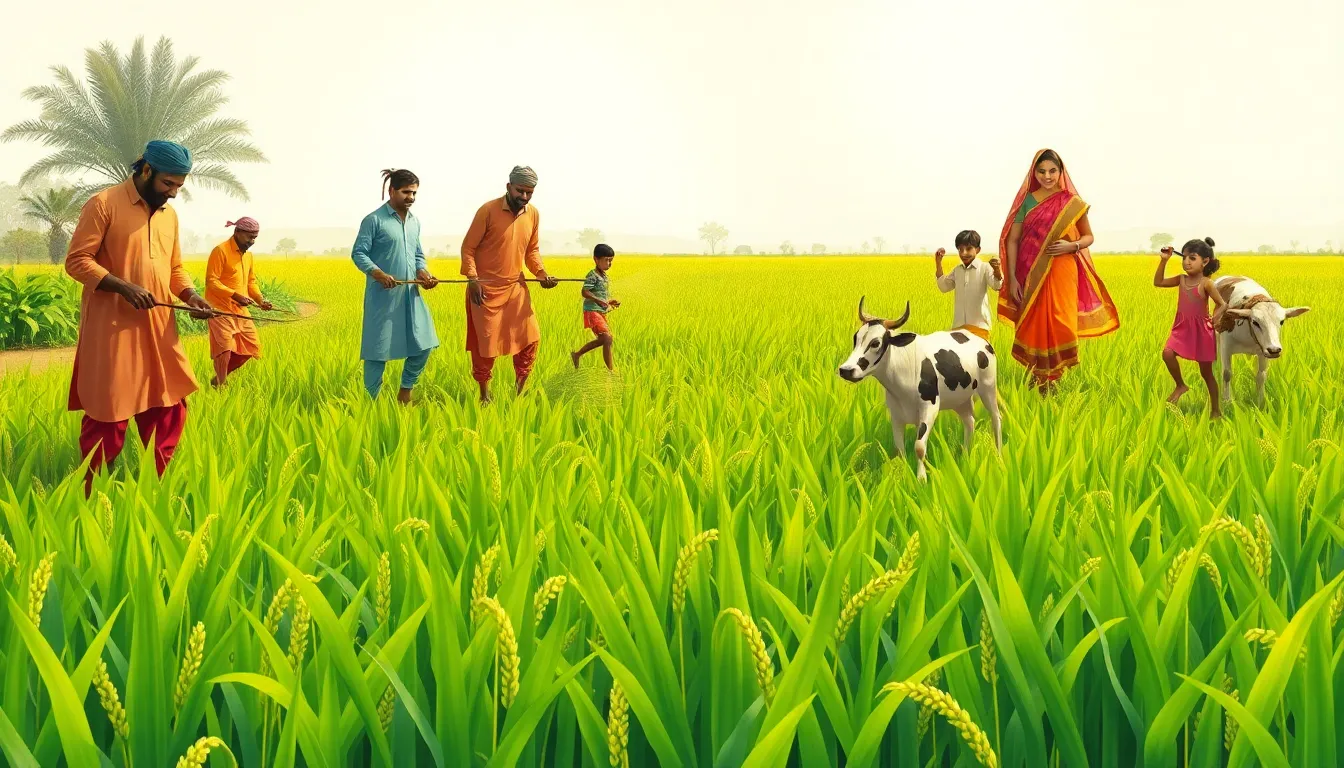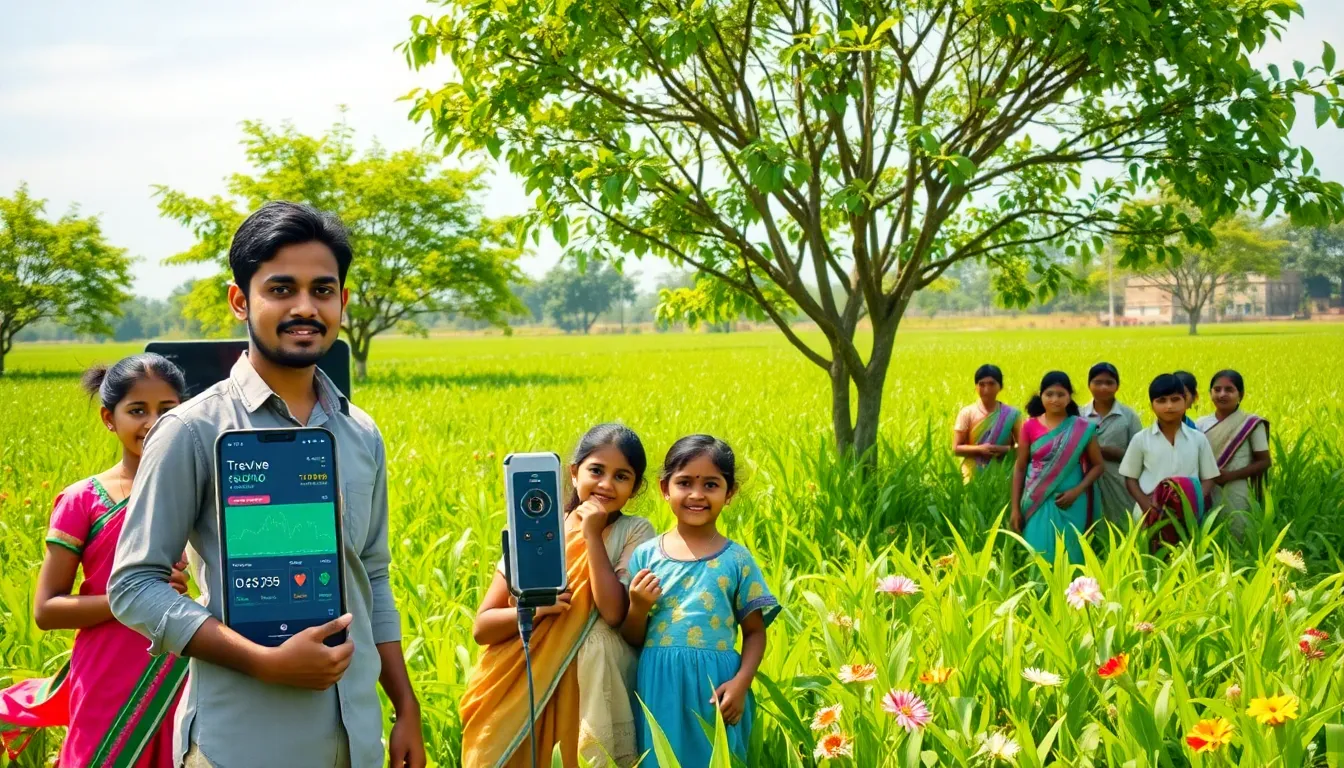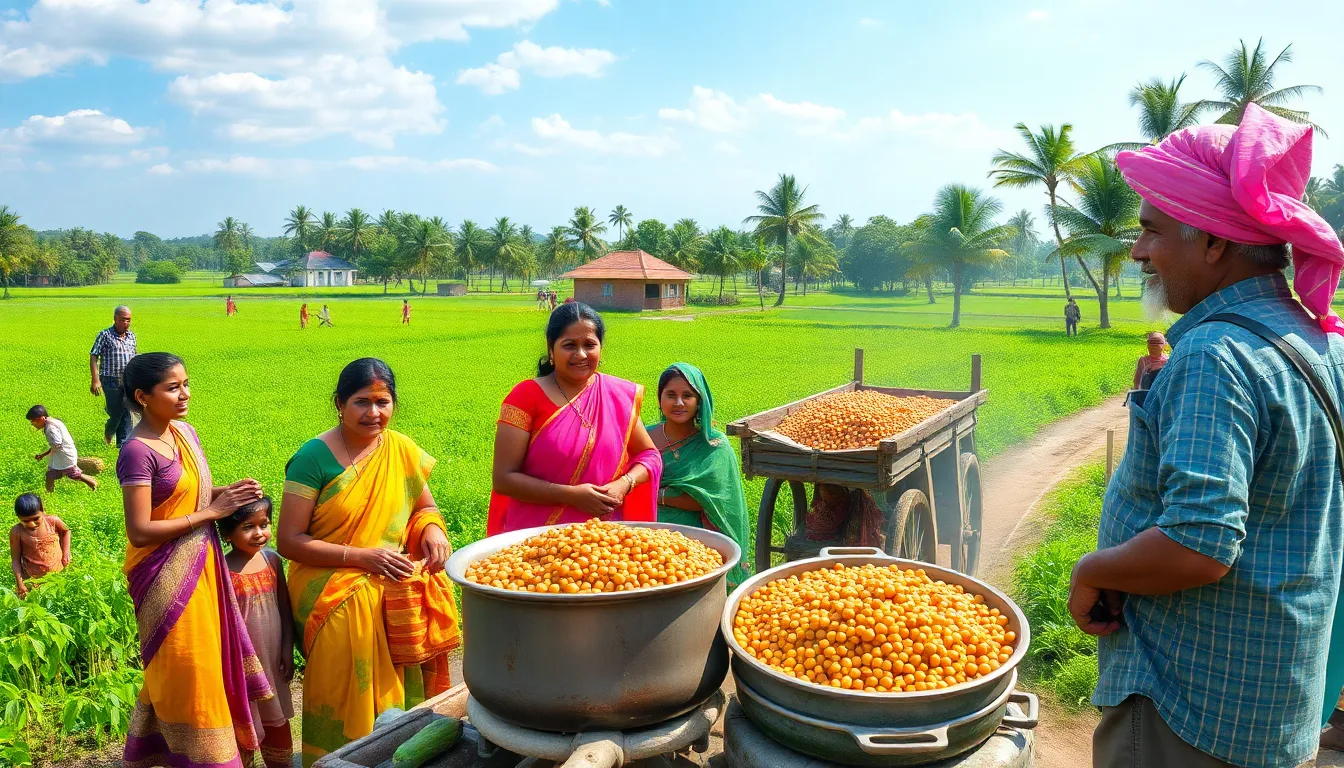In a significant advance for agriculture, the International Crops Research Institute for the Semi-Arid Tropics (ICRISAT) has introduced an innovative speed breeding method called ‘Rapid Ragi.’ This method aims to speed up the growth of finger millet, also known as ragi. Traditionally, developing new varieties of finger millet takes a long time, about 100 to 135 days. However, with Rapid Ragi, this growth cycle can be shortened to just 68 to 85 days. This means that farmers can now produce four to five generations of finger millet in a single year. This is a major improvement compared to the old method, which only allowed for one or two generations annually.
The need for faster crop development is growing due to climate change. As weather patterns change, farmers need crops that can withstand extreme conditions. Finger millet is a highly nutritious grain that plays an important role in food security, especially in Asia and Africa. The Rapid Ragi method not only speeds up growth but also focuses on creating climate-resilient and nutrient-rich varieties.
The development of the Rapid Ragi protocol took four years and involved careful research. The researchers controlled the growth environment, optimising factors such as temperature, light, and water supply. They found that with the right conditions, plants could mature faster. For instance, they used a light cycle of just nine hours and maintained a warm temperature of about 29 degrees Celsius. This allows the plants to grow more quickly than in traditional field conditions.
Dr Himanshu Pathak, the Director General of ICRISAT, highlighted the significance of this breakthrough. He stated it is a milestone for the global scientific community. The protocol is now available for researchers worldwide, allowing them to adopt this method and improve their millet crops.
Finger millet has gained attention in recent years, especially after India declared 2018 as the National Year of Millets. The United Nations also recognised 2023 as the International Year of Millets. This increased focus on millets is crucial, as they are often considered a superfood due to their high nutrient content.
The Rapid Ragi method is particularly beneficial for small-scale farmers who depend on reliable harvests. With quicker growth cycles, farmers can enjoy better income and food security. This is especially important in rain-fed areas where farmers face unpredictable weather.
The protocol is designed to be practical and cost-effective. Unlike other crops like chickpeas and pigeonpeas, which require complex light management, finger millet can thrive with simpler light conditions. This makes it easier for farmers and researchers to implement the Rapid Ragi method in various settings.
ICRISAT’s commitment to developing resilient food systems is evident in this new protocol. The institute aims to empower farmers and researchers to tackle the challenges of hunger and malnutrition. With the introduction of Rapid Ragi, there is hope for a more secure and nutritious future for many communities.
As the world looks towards sustainable agriculture, innovations like Rapid Ragi will play a crucial role. By focusing on speed and efficiency, this method not only saves time but also enhances the overall quality of crops. Ultimately, this represents a significant step forward in the quest for food security and better nutrition for all.



